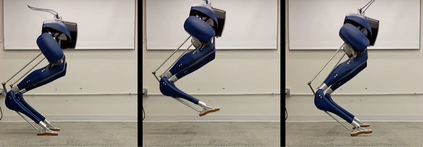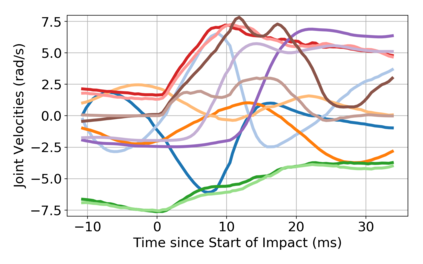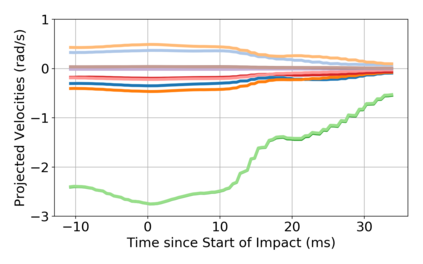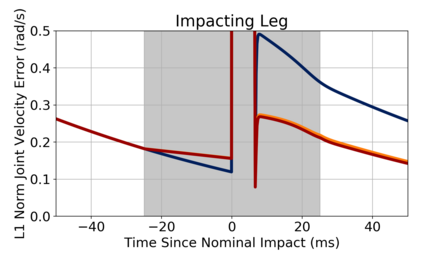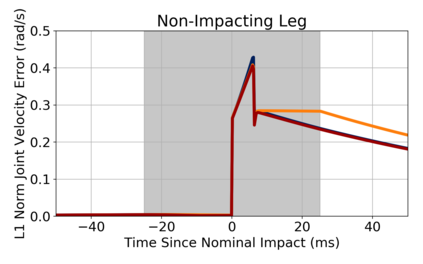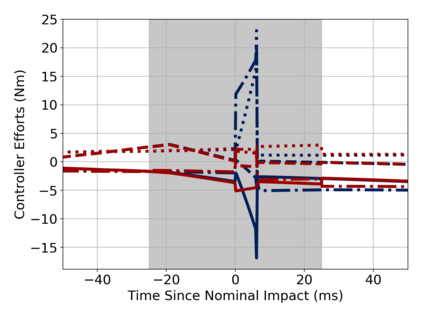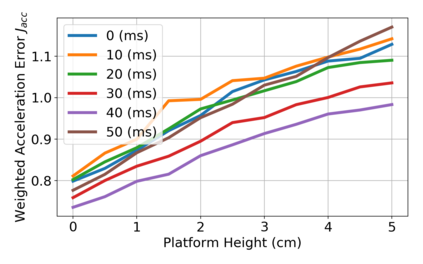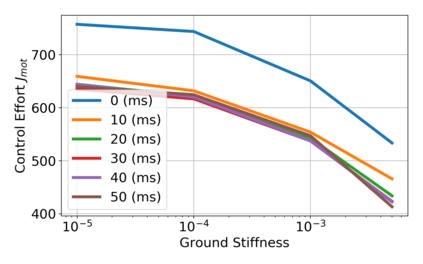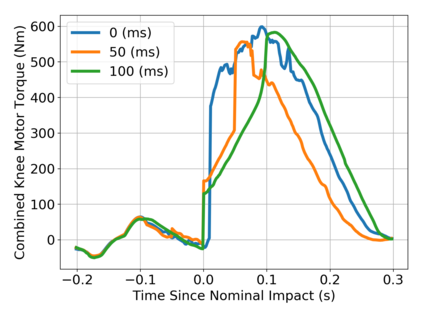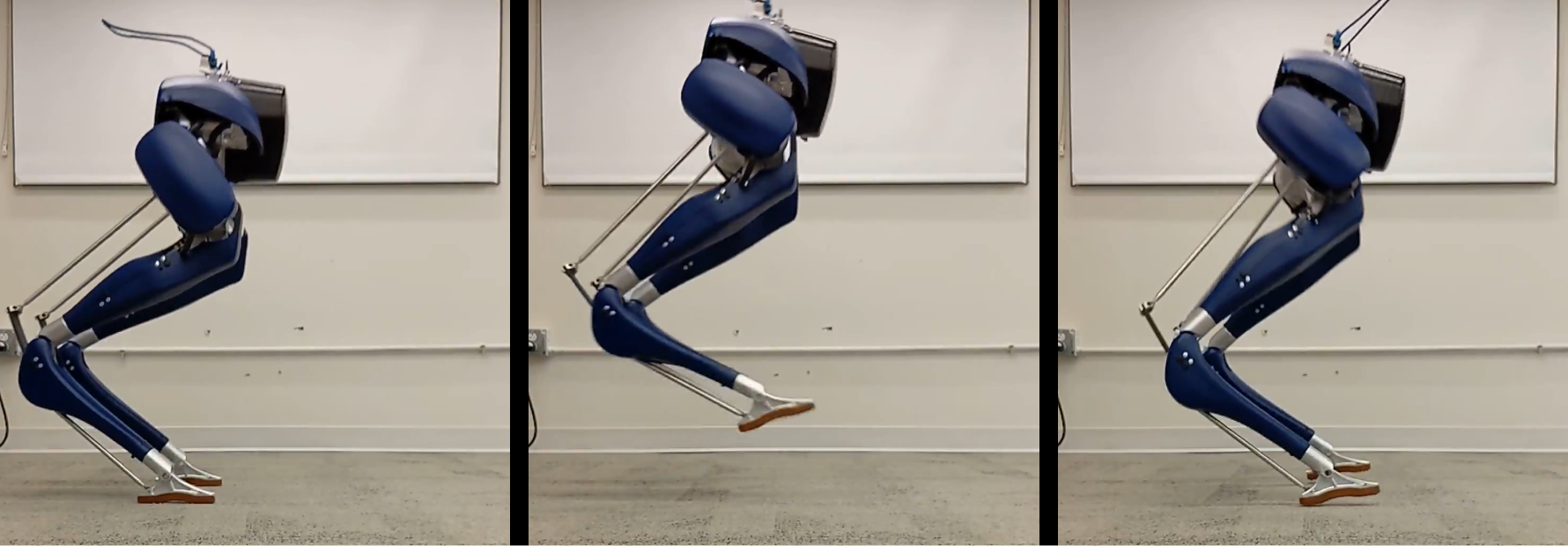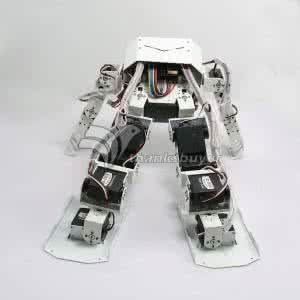When legged robots impact their environment, they undergo large changes in their velocities in a small amount of time. Measuring and applying feedback to these velocities is challenging, and is further complicated due to uncertainty in the impact model and impact timing. This work proposes a general framework for adapting feedback control during impact by projecting the control objectives to a subspace that is invariant to the impact event. The resultant controller is robust to uncertainties in the impact event while maintaining maximum control authority over the impact invariant subspace. We demonstrate the utility of the projection on a walking controller for a planar five-link-biped and on a jumping controller for a compliant 3D bipedal robot, Cassie. The effectiveness of our method is shown to translate well on hardware.
翻译:当脚步机器人撞击其环境时,它们的速度在很小的时间里发生了巨大的变化。测量和应用对这些速度的反馈是具有挑战性的,而且由于影响模型和影响时机的不确定性而变得更加复杂。这项工作提出了一个在撞击期间调整反馈控制的一般框架,通过将控制目标投射到与撞击事件无关的子空间来调整其影响控制。由此产生的控制器对撞击事件的不确定性具有很强的威力,同时保持了对挥发性子空间撞击的最大控制力。我们展示了投射给一个行走控制器的效用,用于一个平面的五连线编造器,以及投射给一个符合3D双向机器人Cassie的跳动控制器。我们的方法的有效性表现在硬件上得到很好的翻译。

